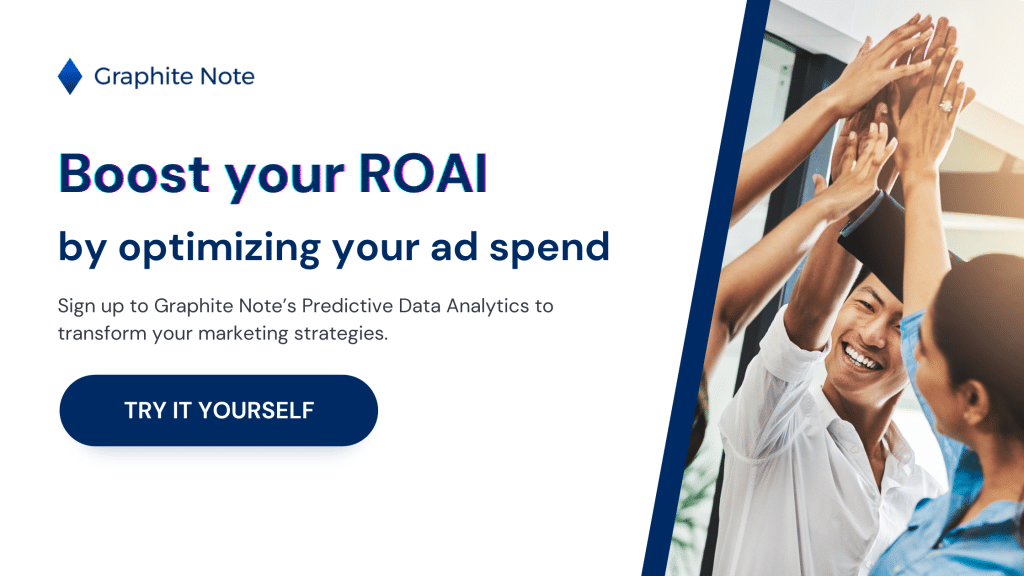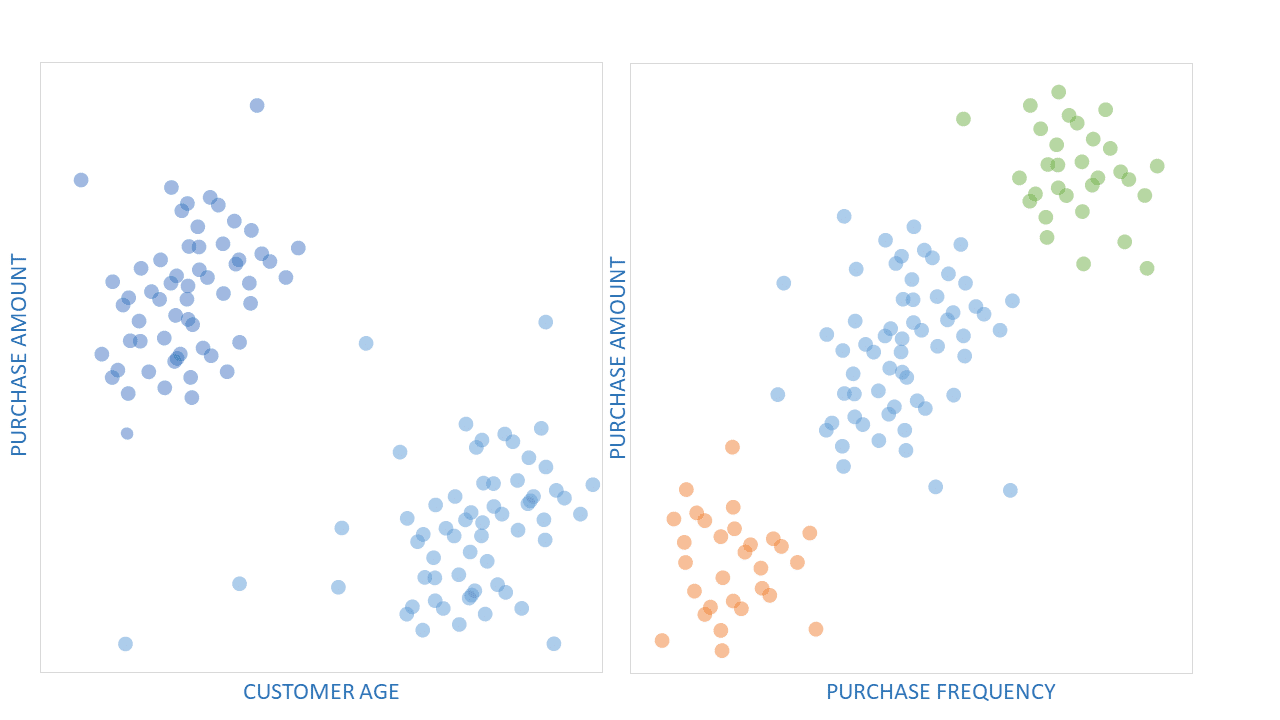To stay ahead in marketing means smart decision making about where to allocate your budget. You can enhance your budget allocation with predictive analytics techniques. Use the power of data and advanced algorithms to allocate your budget more effectively. Predictive analytics models enable you to uncover valuable insights. These can significantly affect your marketing strategy and budget allocation.
Understanding Predictive Analytics
Predictive analytics extracts information from historical data to predict future behavior and trends. Analyzing patterns and relationships in your data, predictive analytics undertakes data mining. These business analytics can give you actionable insights. These insights enable you to make proactive and data-driven decisions. Data analytics can help you make better budget allocation decisions. Predictive analytics involves a wide range of techniques and models. Predictive analytics analyzes data and makes predictions. Prescriptive analytics is another type of advanced analytics. Prescriptive provides recommendations for actions to achieve desired outcomes. Descriptive analytics summarizes historical data. Predictive analytics forecasts future events. Prescriptive analytics uses advanced algorithms, classification models, and machine learning techniques. Prescriptive analytics then suggests optimal decisions based on the analysis of data. Let’s get back to how predictive modeling can enhance your decision making. There are different types of predictive models. Common predictive modeling techniques include:

- Regression analysis: Regression analysis is a statistical technique that helps identify the relationship between a dependent variable and independent variables. Using regression models as a statistical modeling technique enables you to predict potential future outcomes based on historical data.
- Time series forecasting: A time series model analyzes time data over time to forecast future trends. Time series models are particularly useful for data with a temporal component, such as stock prices or a weather forecast.
- Machine learning algorithms: Machine learning algorithms are statistical algorithms. These techniques include neural networks and decision trees. learn from training data to make predictions based on patterns and relationships in the data.
The Role of Predictive Analytics in Marketing
Predictive analytics are used in a wide range of industries. One of the most common predictive analytics examples is found in health care. Healthcare professionals in the healthcare industry use predictive analytics. Predictive analytics helps to manage patient care and predict patient outcomes. Healthcare organizations also use predictive analytics to improve customer service. Healthcare providers use predictive analytics to support chronic disease management. Predictive analytics here relies on patient data, healthcare data, and electronic health records. These are used to train machine learning models. Healthcare organizations can make informed decisions around potential outcomes for patients. Predictive analytics helps them to improve their standard of care in many ways. Other business users use predictive analytics for supply chain management. Data mining techniques can also predict other types of business outcomes. Let’s look at how predictive analytics supports marketing and budget allocation.
In marketing, predictive analytics can help you allocate your budget. Using historical customer data, market trends, and other relevant factors, you can uncover patterns. These patterns help you predict future customer behavior. They also help you identify high-value customers, forecast campaign performance. Predictive analytics helps you optimize your marketing budgets. You don’t need a team of data scientists, or need to be proficient in data science to use predictive analytics. You can understand and use your business’ big data to your benefit. Predictive analytics helps you strategically allocate your budget and maximize the return on your marketing investments.
Predictive analytics can also help you identify that illustrate successful strategies, such as:
- Analyzing customer data, such as social media data, to identify patterns and trends that can be used to predict future behavior.
- Identifying high-value customers who are more likely to make repeat purchases or become loyal brand advocates.
- Forecasting campaign performance. Predictive analytics analyzes historical campaign data and other relevant factors. These could include market trends and competitor activities. Predictive analytics helps you estimate the effect and results of your marketing campaigns.
Implementing Predictive Analytics in Budget Allocation
Here’s how to implement predictive analytics to allocate your marketing budget:
- Identify Key Marketing Metrics: Determine which metrics align with your goals. These could include customer acquisition, customer lifetime value, or return on investment. Understanding which metrics are most important will guide your predictive analytics process.
- Choose the Right Predictive Analytics Tools: Choose user-friendly tools that offer advanced predictive analytics capabilities. Tools like Graphite Note, a no-code platform, empower businesses to leverage predictive analytics.
- Train Your Team: Train your marketing team on the fundamentals of predictive analytics. The fundamentals include data analysis, interpreting results, and translating insights into actionable strategies.
- Measure the Effect: Identify key performance indicators (KPIs) that align with your goals and track them. Your KPIs could include a range of metrics. These may be cost per acquisition, conversion rates, and revenue.
Continuously Adjust Your Strategy: Predictive analytics is not a one-time exercise. It requires ongoing monitoring and adjustment. Predictive analytics helps you continuously improve your marketing strategy.
Overcoming Challenges in Using Predictive Analytics for Budget Allocation
There are several challenges associated with using predictive analytics for your budget allocation. Here’s how to manage the most common challenges:
- Data Privacy Concerns: It’s crucial to responsibly handle and protect customer data. Implement robust data security measures. Ensure you obtain the necessary consent from your customers.
- Data Accuracy and Consistency: Ensure the quality, accuracy, and consistency of your data sets. Regularly clean and validate your data sources to maintain data integrity.
- Manage Resistance to Change: You may meet with some resistance from your team when introducing predictive analytics. Highlight the benefits of predictive analytics, present success stories, and engage your stakeholders.
Conclusion
Predictive analytics is a powerful tool that can enhance your budget allocation process. Using the insights derived from predictive analytics, you can optimize your marketing efforts. This helps you optimize your budget, and enable measurable results. Tools like Graphite Note make the process seamless. Anyone can use predictive analytics needing extensive coding or technical expertise. Use predictive analytics solutions to ensure that your marketing strategies are data-driven, efficient, and deliver excellent results.








